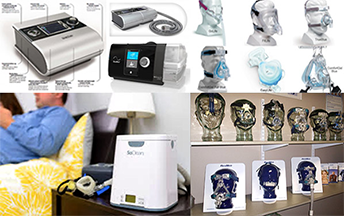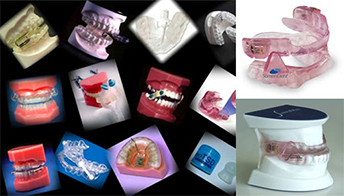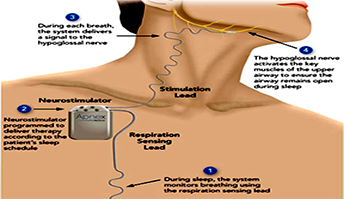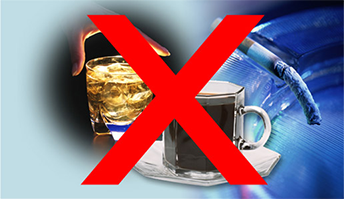Sleep Treatment
CPAP
CPAP stands for continuous positive airway pressure. CPAP is being used by millions of people in the US every night. Your provider can get you a CPAP machine by writing a prescription with the machine provided either through a durable medical equipment (DME) company or sometimes via the provider's office. CPAP is delivered using a mask that covers the nose (or sometimes both the nose and mouth). CPAP works by blowing air into the nose and throat. This blowing of air causes a positive pressure to hold the upper airway (back of the throat) open during sleep. When the upper airway is open, airflow can pass to the lungs undisturbed. A person using CPAP will sleep more soundly without snoring or arousals. CPAP almost always can help sleep apnea if people tolerate it, but some patients find it uncomfortable. At times, this discomfort can be reduced by use of a different mask and/or adjusting the settings of the CPAP. People with sleep apnea need to use CPAP every time they sleep to maximize benefits.
|
 |
ORAL APPLIANCE THERAPY
Oral appliances are devices that can be used to treat mild or moderate Obstructive Sleep Apnea, as well as snoring. Oral appliances are known as Mandibular Advancement Splints (MAS), Mandibular Advancement Devices (MAD), and Mandibular Repositioning Appliances.
|
 |
OTHER THERAPIES FOR SLEEP APNEA
Nerve Stimulation Therapy
The Inspire Upper Airway Stimulation (UAS) system is an implantable nerve stimulator used to treat moderate to severe obstructive sleep apnea (OSA). The Inspire UAS system consists of implanted components including the implantable pulse generator (IPG), stimulation lead, and sensing lead and external components including the physician programmer and the patient programmer (sleep remote).
|
 |
Sleep Hygiene & Healthy Sleep Habits
- Sleep Schedule: Stick to a sleep schedule of the same bedtime and wake up time, even on the weekends. This helps to regulate your body's clock and could help you fall asleep and stay asleep for the night.
- Relaxing Ritual: A relaxing, routine activity right before bedtime conducted away from bright lights helps separate your sleep time from activities that can cause excitement, stress or anxiety, which can make it more difficult to fall asleep, get sound and deep sleep or remain asleep.
- Avoid Naps: Power napping may help you get through the day, but if you find that you can't fall asleep at bedtime, eliminating even short catnaps may help.
- Exercise Daily: Vigorous exercise is best, but even light exercise is better than no activity.
- Exercise at any time of day, but not at the expense of your sleep.
- Sleep Environment: Design your sleep environment to establish the conditions you need for sleep. Your bedroom should be cool. Your bedroom should also be free from any noise that can disturb your sleep. Finally, your bedroom should be free from any light. Check your room for noises or other distractions. For some people, using an electronic device such as a laptop can make it hard to fall asleep, because the particular type of light emanating from the screens of these devices is activating to the brain. If you have trouble sleeping, avoid electronics before bed or in the middle of the night. It is best to take work materials, computers and televisions out of the sleeping environment.
- Avoid alcohol, cigarettes, and heavy meals in the evening. Alcohol, cigarettes and caffeine can disrupt sleep. Eating big or spicy meals can cause discomfort from indigestion that can make it hard to sleep. If you can, avoid eating large meals for two to three hours before bedtime.
If you're still having trouble sleeping, don't hesitate to speak with your doctor or to find a sleep professional.
|
 |
|
|
|
|